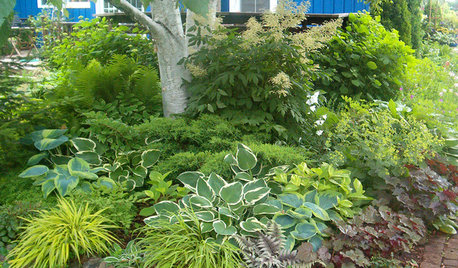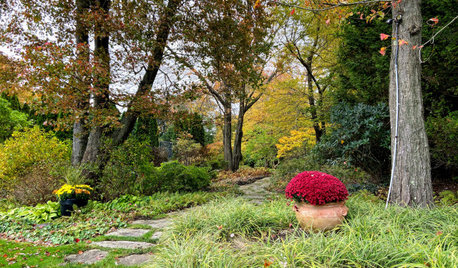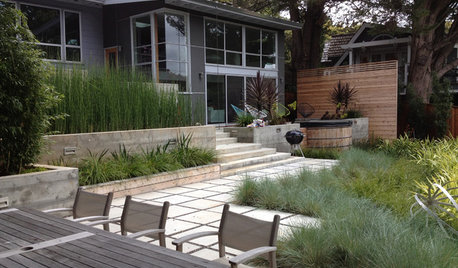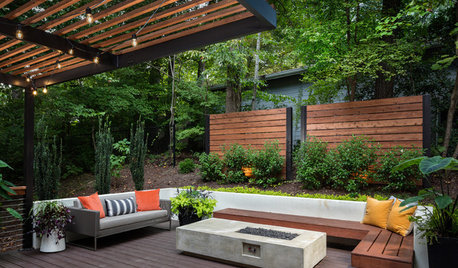Growing Thuja plicata from seeds
honymand
15 years ago
Related Stories

GARDENING GUIDES7 New Plants to Grow for Beautiful Foliage
Add color, structure and interest to your garden with these recently introduced plants that sport exceptional foliage
Full Story
LANDSCAPE DESIGNThe 7 Best Plant Types for Creating Privacy and How to Use Them
Follow these tips for using different kinds of plants as living privacy screens
Full Story
SIDE YARD IDEASNarrow Trees for Tight Garden Spaces
Boost interest in a side yard or another space-challenged area with the fragrance and color of these columnar trees
Full Story
GARDENING GUIDESUnsung Garden Hero: Fantastic Foliage
For richness and beauty in the garden with less fuss than most flowers need, look to amazingly diverse foliage plants
Full Story
GARDENING GUIDES4 Elements of a Stunning Fall Garden
Late summer is a good time to look beyond trees to create an autumn landscape that draws the eye and stirs the soul
Full Story
LANDSCAPE DESIGNLet's Revisit Some Revolutionary Garden Thinking
One book changed the vision of postwar British garden design forever. See how it's influencing your garden today
Full Story
LANDSCAPE DESIGNFlood-Tolerant Native Trees for Soggy Soil
Swampy sites, floodplains, even standing water ... if you've got a soggy landscape, these trees are for you
Full Story
EDIBLE GARDENSNatural Ways to Get Rid of Weeds in Your Garden
Use these techniques to help prevent the spread of weeds and to learn about your soil
Full Story
GARDENING GUIDESGreat Garden Combo: 3 Wonderful Plants for a Deer-Resistant Screen
Protect your privacy and keep deer at bay with a planting trio that turns a problem garden area into a highlight
Full Story
GARDENING AND LANDSCAPING8 Rot-Resistant Woods for Your Outdoor Projects
No need for chemical treatments on your deck or pergola. These woods stand up to weather, insects and time beautifully on their own
Full Story







torreya-2006
pineresin
Related Professionals
Foothill Ranch Landscape Architects & Landscape Designers · Simi Valley Landscape Architects & Landscape Designers · Alexandria Landscape Contractors · McKinney Landscape Contractors · Mooresville Landscape Contractors · Wilmington Landscape Contractors · Aloha Landscape Contractors · Bainbridge Island Landscape Contractors · Indianapolis Landscape Contractors · Lantana Landscape Contractors · New Baltimore Landscape Contractors · North Lauderdale Landscape Contractors · Oak Forest Landscape Contractors · Pine Hills Landscape Contractors · Vacaville Landscape Contractorswrn348
torreya-2006
honymandOriginal Author
honymandOriginal Author
honymandOriginal Author
honymandOriginal Author
torreya-2006
Karen Pease
wisconsitom
pineresin
honymandOriginal Author
Karen Pease
pineresin
Karen Pease
Karen Pease
Karen Pease
coniferjoy